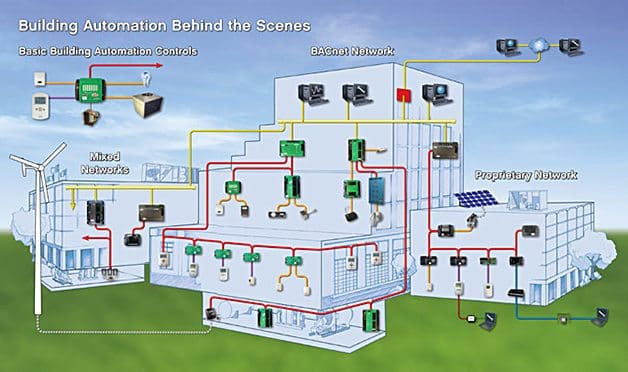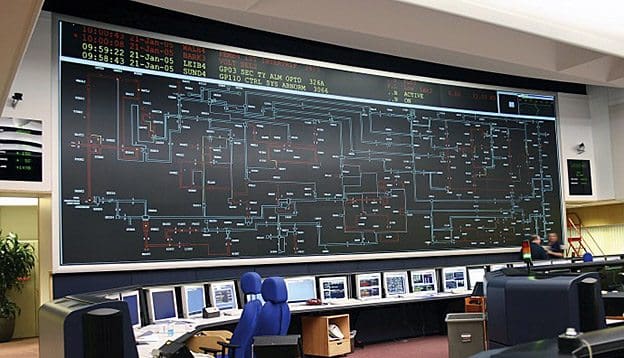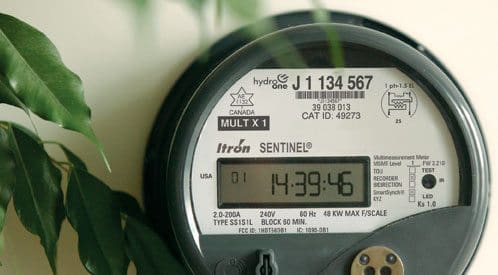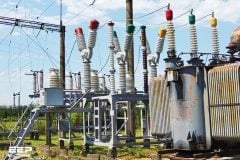The basic system
From a communication point of view, each system plays the role of either supplier or consumer of information, or more typically both. In addition to this intersystem communication, these systems consist of subsystems with specific internal communications.

The following paragraphs introduce the basic system including subsystems and describe the motivations for communication. The Smart Grid consists of the following:
Customer / Prosumer
Smart Consumption will enable demand response and lies at the interface between distribution management and building automation.
Local Production is currently not a large component, however it is proposed as a future driver of Smart Grid requirements.
Building Automation and Control System (BACS) is the brain of the building.
BACS includes the instrumentation, control and management technology for all building structures, plant, outdoor facilities and other equipment capable of automation.
BACS consists of all the products and services required for automatic control including logic functions, controls, monitoring, optimization, operation, manual intervention and management, for the energy-efficient, economical and reliable operation of buildings.

Bulk Generation
Smart Generation will include the increased use of power electronics in order to control harmonics, fault ride-through and fluctuating generation from renewables as well as the required increased flexibility of conventional Fossil Power Plants due to the increased fluctuation of feed from the renewables.
Power Grid (Transmission and Distribution)
Substation Automation & Protection is the backbone for a secure transmission grid operation. During recent years serial bus communication has been introduced (IEC 61850). Security is based on protection schemes.
Therefore such systems can be used as “early warning systems” and are a must to analyze faults and to find out the corresponding reasons.
The Energy Management System (EMS) is the control centre for the Transmission Grid. Today customers require an open architecture to enable an easy IT integration and a better support to avoid blackouts (e.g. phasor measurements, visualization of the grid status, dynamic network stability analysis).
In contrast to traditional protection devices, which protect the primary equipment (e.g. transformers) from fatal fault currents, the Decision Support Systems and System Integrity Protection Schemes protect the power systems from instabilities and black-outs. System Integrity Protection Schemes will enhance the target of protection devices, to protect the primary equipment (e.g. transformers) from fatal fault currents in such a way that uncontrollable chain reactions, initiated by protective actions, are avoided by limited load shedding actions.
Brazil-Argentina HVDC Interconnection (VIDEO)
This HVDC back-to-back station located between Brazil and Argentina involved considerable innovation in manufacturing and construction techniques for both transmission lines and converter station.
The scheduled time to deliver was only 22 months. The first phase went into commercial operation in 1999 and the second phase in 2002.
Cant see this video? Click here to watch it on Youtube.
Power Electronics is among the “actuators” in the power grid. Systems like HVDC and FACTS enable actual control of the power flow and can help to increase transport capacity without increasing short circuit power.
Asset Management Systems and Condition Monitoring devices are promising tools to optimize the OpEx and CapEx spending of utilities. Condition-based maintenance, for example, allows the reduction of maintenance costs without sacrificing reliability.
Furthermore they may also be used to utilize additional transport capacity due to better cooling of primary equipment, e.g. transmission lines on winter days.


Distribution Automation and Protection
Whereas automated operation and remote control is state of the art for the transmission grid, mass deployment of Distribution Automation is only recently becoming more frequent, leading to “Smart Gears”.
Countries like the United States of America, where overhead lines are frequently used, benefit most.
Another step further is the use of distributed energy resources to create self-contained cells (“MicroGrids”). MicroGrids can help to assure energy supply in distribution grids even when the transmission grid has a blackout.
The Distribution Management System (DMS) is the counterpart to the EMS and is therefore the control center for the distribution grid. In countries where outages are a frequent problem, the Outage Management System (OMS) is an important component of the DMS. Other important components are fault location and interfaces to Geographic Information Systems.


Smart Meter is a generic term for electronic meters with a communication link. “Advanced Metering Infrastructure” (AMI) allows remote meter configuration, dynamic tariffs, power quality monitoring and load control. Advanced systems integrate the metering infrastructure with distribution automation.
Communication
Communication as a whole is the backbone of Smart Grid. Only by exchanging information on a syntactic and semantic level can the benefits of Smart Grid be achieved.
However Smart Grid solutions will see an enormous increase in the exchange of data both for observability but also for controllability. Therefore security of this data exchange and the physical components behind it will have an increased impact.
Reference: IEC Smart Grid Standardization Roadmap; Prepared by SMB Smart Grid Strategic Group (SG3) June 2010; Edition 1.0











Do you thinking having a smart grid will allow for for renewable energy into the grid, in particular the intermittent sources such PVs?
*think and *more instead of thinking and for
Give for me so much information
Sir Edvard Csanyi,
I am student of Electrical Engineering. I am working on a project Microgrid. Ineed some help from you. How can I contact you?